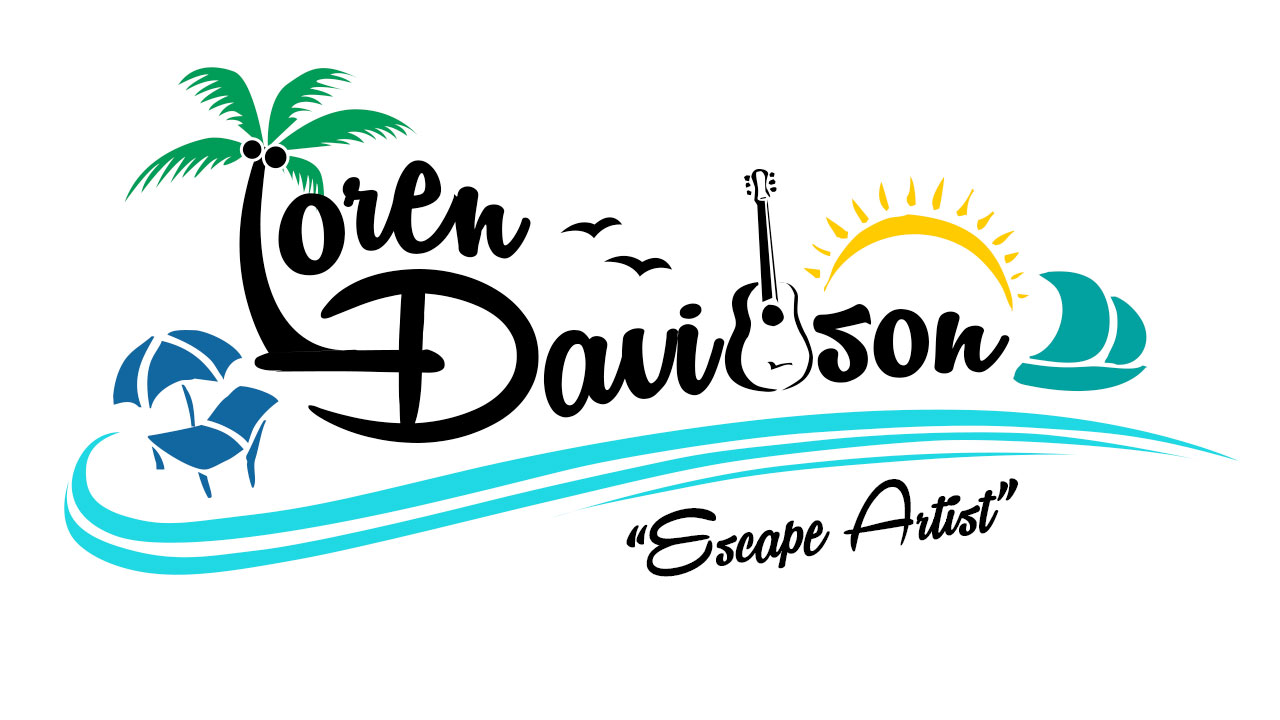What makes something worth X dollars and not Y? And how do we determine our own self-worth, in this age of free downloads, crowdfunding, and instant everything?
In this article, Doug Shineman talks about YouTube’s business model for embedding advertising. In it, he builds his case by talking about retail vs. auction methods of sales and valuation.
In the retail model, stores sell a widget for, say, $10. At an auction, the widget will sell for the highest bid. That might be $1 one day and $25 the next, depending on the crowd and how many people want it how badly. Same widget – different prices.
If you the reader have been following me at all, you’ll know that at the moment I’m running a Kickstarter campaign to help fund my newest CD, Of All the Rum Joints. As that campaign has developed, I’ve been learning some interesting things about my own self-worth and how I determine it.
It’s been eye-opening. I expect I’ll learn even more about myself by the time it wraps up next week.
You see, I don’t always have the strongest self-image in the world. This may surprise you, because I’m pretty good at “faking it ’til I make it.” And I’m not good at asking for stuff for myself like this, because I occasionally doubt I’m “worth it,” and like most folks I hate rejection. 🙂 But what determines that worth?
In the case of this project, it’s apparently the number of people willing to put their money behind me and my music, and how much they’re willing to pledge. I had a “panic moment” of “what happens if nobody signs up,” and how embarassing that would feel to me. But I went ahead and did it anyway, figuring I really had nothing to lose but a bit of time and perhaps a bit of face.
I’m fighting a lot of old programming to get to this place. My Mom, bless her soul, left me a number of interesting mental “tapes,” including “don’t make a fool of yourself,” “what will people think,” and “be prepared for disappointment.” She meant well…but these are exactly the wrong tapes to support me in doing what I’m doing as an artist. And I’ve had to put a lot of work into resolving those tapes and creating new ones that serve me better.
Well, so far I’m doing almost as well as I hoped on Kickstarter, and maybe better than I expected. I’m over 2/3 of the way to making my goal, and at this point even if I don’t make it, I’ll feel like I’ve given it my best and gotten a good response. And that my music really *is* “worth it,” at least to enough people for me to feel validated.
And for better or worse, that helps me to feel better about myself, doing what I’m doing.
Which I think might make Mom happy, even if she *was* a bit overprotective along the way.
If you haven’t already checked out my Kickstarter project, I recommend it. It’s good reading and you get videos of three new songs, whether you pledge anything or not.
But I hope you will. After all, I’m worth it. 🙂 And what I’m offering is well worth your support.
